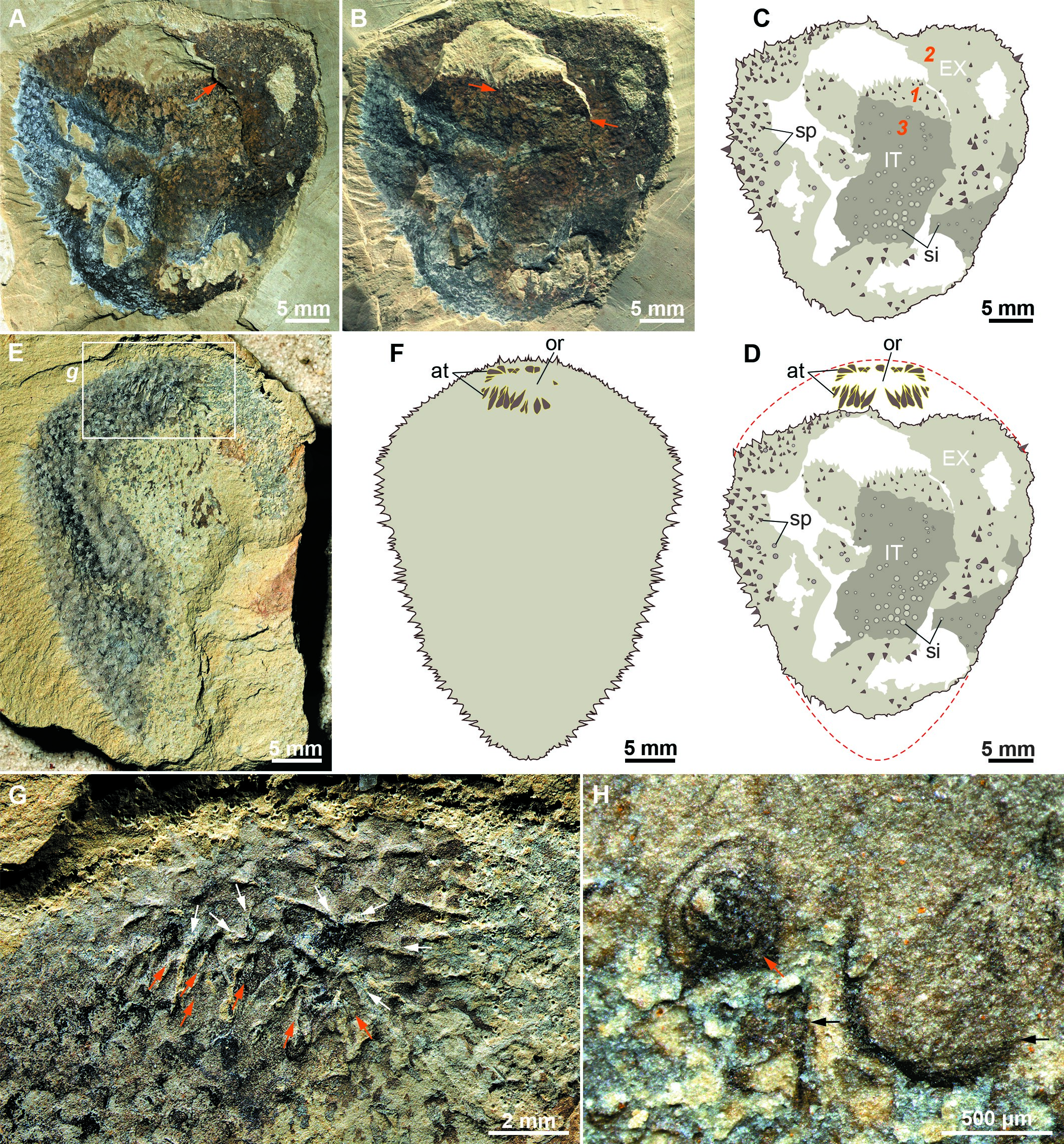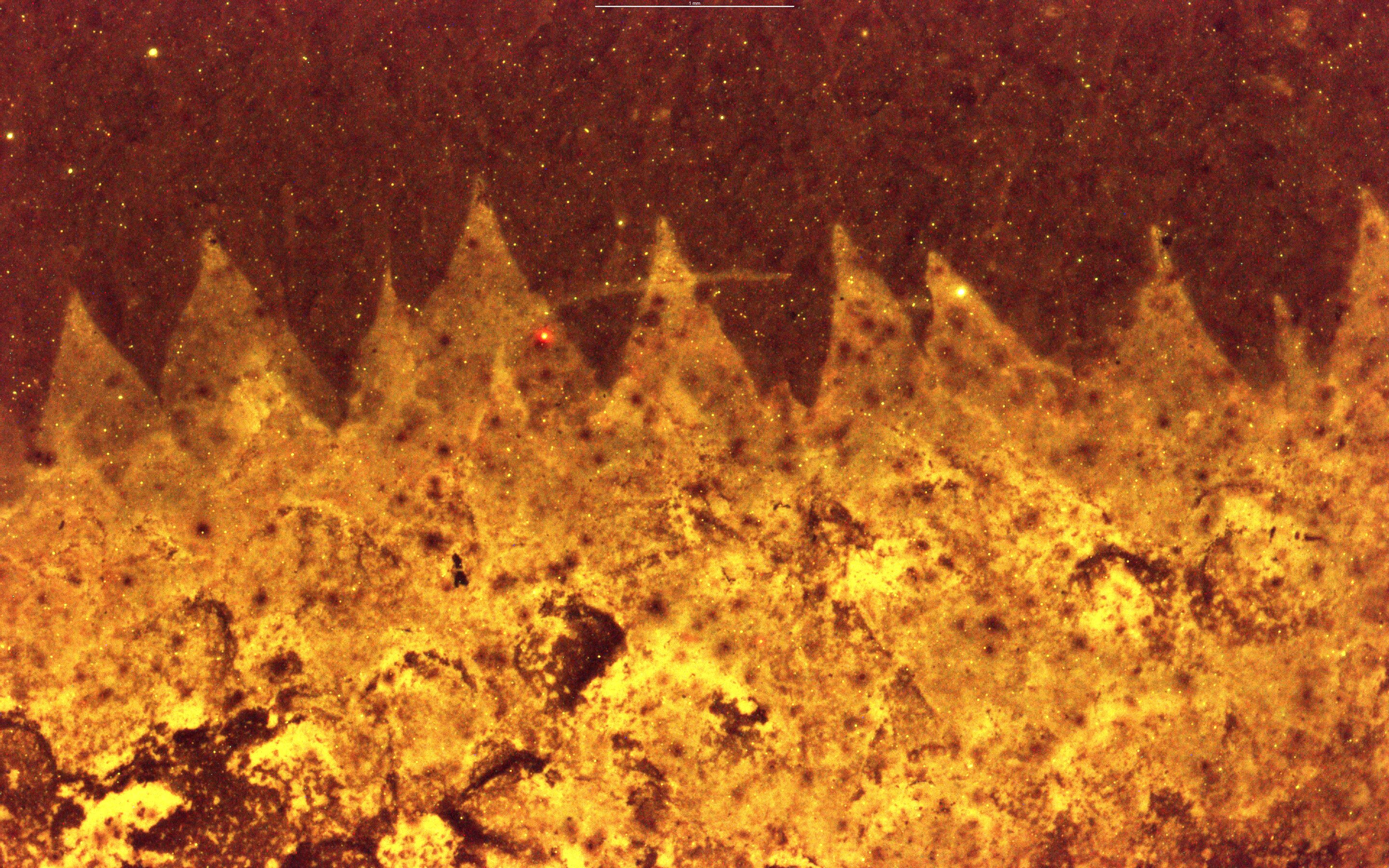Follow us on Google News (click on ☆)

Shishania specimens. A and B, specimen under different lighting, showing how uneven breakage reveals distinct surfaces. E-G, specimen displaying the three-dimensionality of its spines.
Credit: Zhang Xiguang.
The Shishania specimens, dating back 500 million years, come from Cambrian deposits in China's Yunnan province. Initially interpreted as primitive mollusks, these fossils exhibit features that long misled researchers.
An international study published in Science reveals that Shishania actually belongs to the chancelloriids, ancient sponge-like creatures. This reclassification is based on better-preserved specimens and advanced imaging techniques.
Structures previously identified as a muscular 'foot' turned out to be fossilization artifacts. This discovery highlights the importance of re-examining interpretations of ambiguous fossils with modern methods.
The chancelloriids, which disappeared about 490 million years ago, feature star-shaped spicules whose microstructure puzzles scientists. Shishania, with its simple spines, suggests these ornamental structures appeared de novo.

Hollow triangular spines on a Shishania specimen.
Credit: Zhang Xiguang.
What was the Cambrian explosion?
The Cambrian explosion refers to a short but intense geological period about 540 to 490 million years ago, when most major modern animal groups appeared. This rapid diversification marked a turning point in Earth's history of life.
The causes of this diversity explosion remain debated. Proposed hypotheses include major environmental changes like increased ocean oxygen levels, or genetic innovations enabling more complex body plans.
Cambrian fossils like those of Shishania provide valuable clues about this pivotal period. They show how simple organisms gave rise to more elaborate life forms, laying the foundation for today's biodiversity.
How can fossils mislead us?
Fossils are precious witnesses to the past, but their interpretation isn't always straightforward. Fossilization processes can alter original structures, creating illusions that bias our understanding.
In Shishania's case, compression and deformation obscured its true nature. This phenomenon, called 'taphonomic illusion,' shows how crucial multiple specimens and sophisticated analysis techniques are.
This discovery reminds us that science evolves with technology. What was accepted yesterday may be questioned tomorrow, thanks to new methods or better-preserved fossil finds.